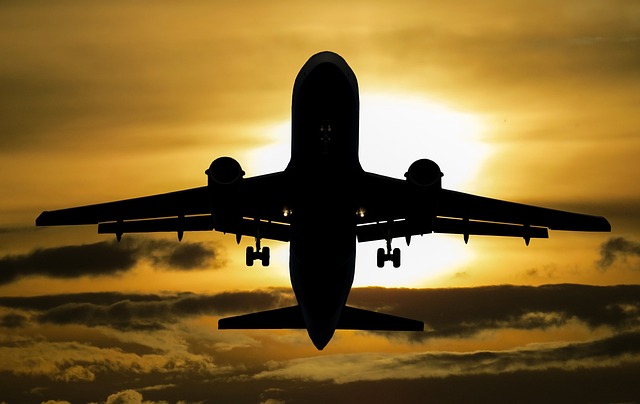Planning your travel can be a thrilling yet daunting experience, especially when it comes to booking flights. The secret to snagging the best deals often lies in timing. Data from travel platforms and airline studies shows that understanding how flight pricing works can save Canadians hundreds on their trips.
Airfare pricing is driven by demand, availability, and timing. According to a 2024 report from Airlines Reporting Corporation (ARC), the best day to book flights is typically Tuesday. This is when airlines adjust prices based on the weekend's activity, often releasing promotions and discounted seats. However, travelers should also pay attention to seasonal trends. For example, booking summer flights during the winter can help secure lower fares.
For international trips, the sweet spot for booking is between four and six months in advance. A study by Expedia found that Canadian travelers heading to Europe saved an average of 15% by booking within this window. Meanwhile, domestic flights are best booked one to three months ahead, depending on the destination. The study also highlighted that booking too early or too late often leads to inflated costs.
Flexible travel dates can also unlock significant savings. Flights departing midweek—particularly on Wednesdays—are often cheaper than weekend departures. Similarly, flying during off-peak times, such as early morning or late at night, can reduce costs. A report by Hopper, a popular airfare tracking app, revealed that Canadians saved up to 25% by avoiding peak travel hours.
Another critical factor is the seasonality of travel. The winter holiday rush, March break, and summer vacations typically see a surge in prices. To counter this, experts recommend booking tickets well in advance for travel during these peak periods. Alternatively, planning trips during the shoulder seasons—spring and fall—often yields better deals and fewer crowds.
Using fare tracking tools can help travelers identify the optimal time to book. These tools monitor price fluctuations and alert users when fares drop. According to data from Skyscanner, 68% of Canadian users reported saving money by setting fare alerts for their preferred routes. It’s a simple, tech-savvy way to take the guesswork out of travel planning.
While timing is crucial, other strategies also play a role. Booking directly through airline websites often eliminates additional fees charged by third-party platforms. Additionally, using airline loyalty programs or travel reward credit cards can help offset costs with points or miles. In Canada, popular programs like Aeroplan and WestJet Rewards offer substantial savings when redeemed strategically.
It’s also worth noting that budget airlines have expanded their reach across Canada. Flair Airlines and Lynx Air, for example, have introduced competitive pricing on domestic routes. However, travelers should be aware of additional fees for checked luggage or seat selection, which can add up quickly.
For those planning trips in 2025, staying informed about market trends and leveraging technology will be key to saving on flights. Whether it’s setting up price alerts, being flexible with travel dates, or booking during the right seasonal windows, these tips ensure your next trip is affordable and stress-free.
By combining data-driven insights with smart planning, Canadians can navigate the complex world of airfare pricing and make their travel dreams a reality. With a bit of strategy and patience, finding a great deal is easier than ever.

